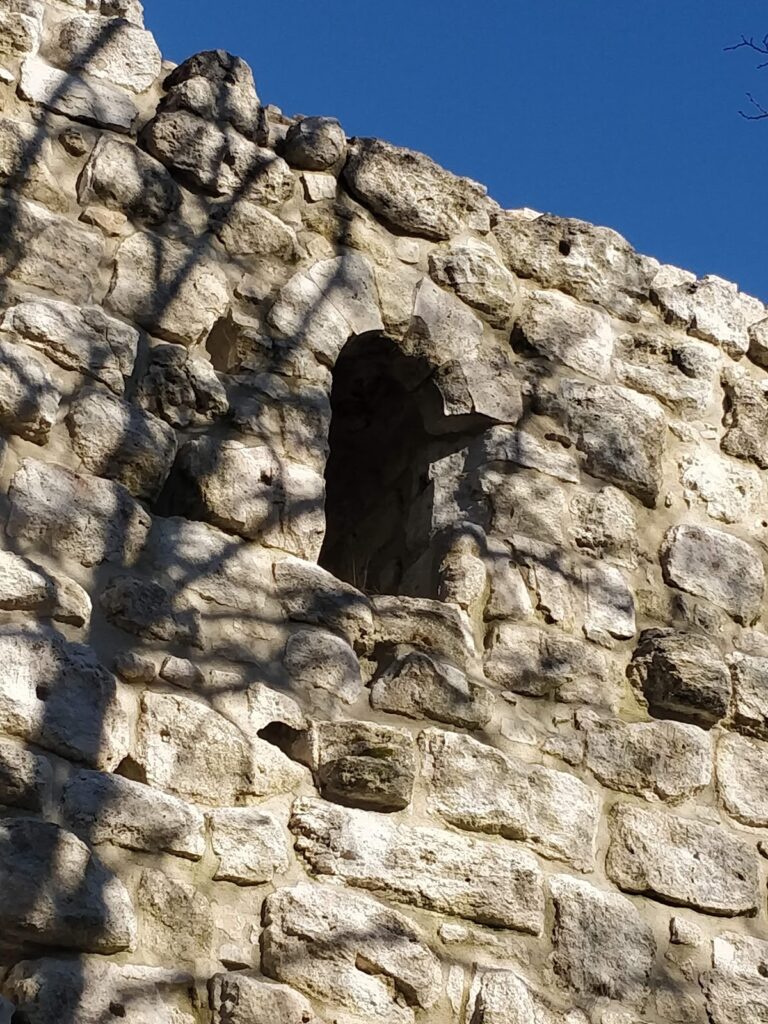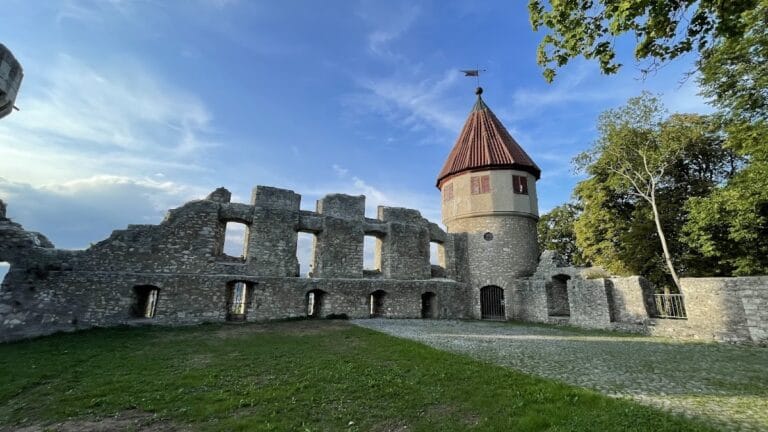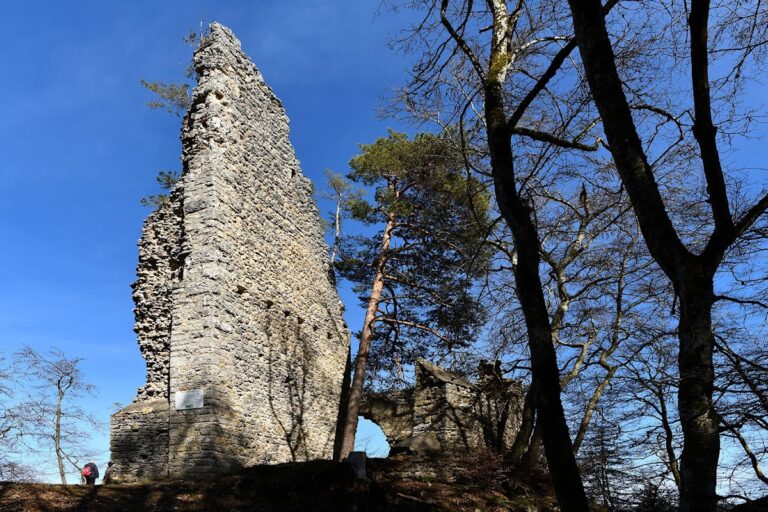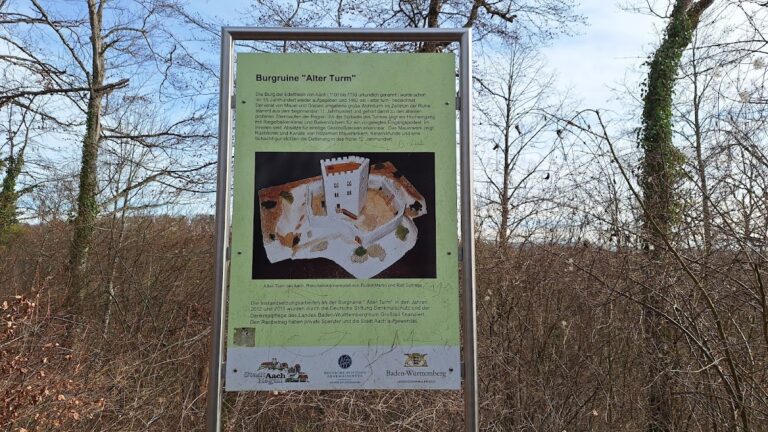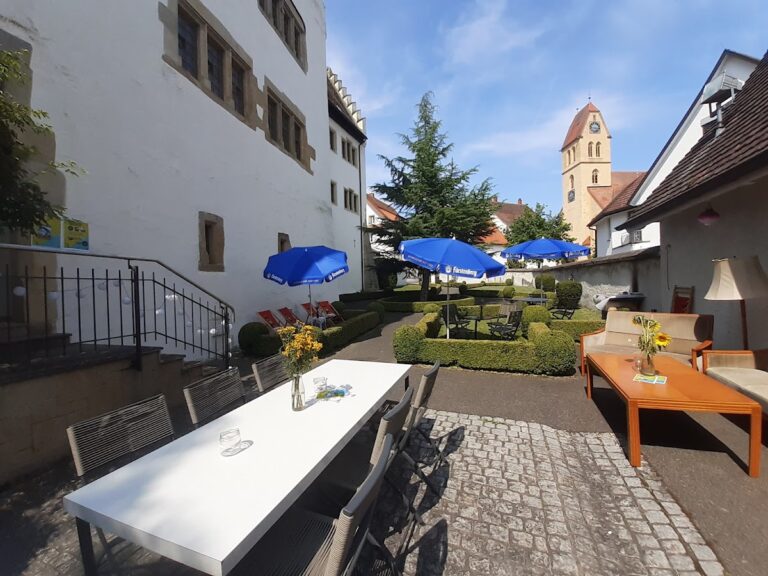Burg Konzenberg: A Medieval Castle Ruin near Wurmlingen, Germany
Visitor Information
Google Rating: 4
Popularity: Very Low
Google Maps: View on Google Maps
Country: Germany
Civilization: Unclassified
Remains: Military
History
Burg Konzenberg is a medieval castle ruin situated near Wurmlingen in modern-day Germany. It was established during the High Middle Ages by the noble family known as the Wartenbergs, who were influential in the region at that time.
The first documentary mention of the castle dates to 1239, when it was already in the possession of the Fürst family of Hirschegg through their marriage connections with the Wartenbergs. This indicates the castle’s importance as a noble residence and feudal center during the early 13th century. In 1300, Konrad Fürst von Konzenberg III sold the castle along with its associated rights to Bishop Heinrich II of Konstanz. The following year, the bishop secured judicial authority over Wurmlingen and parts of nearby Frittlingen, formalizing the area as the Herrschaft, or lordship, of Konzenberg. This transition reflects the increasing influence of ecclesiastical powers in the region.
By 1460, the governance of Wurmlingen’s Vogtei (a type of administrative district) and the castle itself shifted to the Konstanz cathedral provost after being pledged by the Hochstift Konstanz— the ecclesiastical principality of the bishopric. The provost combined these holdings with adjacent properties to streamline their administration. Later, in 1614, the cathedral provost acquired full ownership of the castle and its lands. During this period, the fortress occasionally served as a prison, suggesting its continued strategic and administrative role.
Following secularization in 1802 and 1803, when church properties were transferred to secular authorities, the castle saw a new phase of use when it was inhabited by a hunter until 1816. Two years later, the property was sold for demolition purposes, and over the next two decades most of the structure was dismantled, leaving only the central tower, known as the bergfried, standing. This decline marked the end of Burg Konzenberg’s active function as a noble stronghold.
Remains
The surviving remains of Burg Konzenberg present the outline of a spur castle, built on a rocky ridge approximately 783 meters above sea level. The fortress was designed around a compact trapezoidal layout, with defensive walls enclosing a plateau atop the spur, which measures just over 50 meters along its longest edges. The walls protecting the neck and tip of the spur range from about 16 to 23 meters in length. While much of the inner fortification walls lie buried beneath soil, traces of masonry remain visible on the exterior, hinting at the castle’s original scale.
The most prominent surviving feature is a tall bergfried, a type of freestanding defensive tower typical of medieval castles, which stands about 13 meters high. This tower rests on a nearly square base measuring roughly 12.5 meters on each side. Its remarkably thick walls, approximately four meters wide, were constructed from large bossed blocks of tuff stone—a volcanic rock quarried in the nearby Hegau region, rather than using the more common local white Jurassic limestone. Notably, one corner stone bears an engraved coat of arms whose exact origin remains unidentified. The bergfried’s entrance is positioned high above the ground, around ten meters, consistent with defensive design aimed at limiting access.
Surrounding the castle were defensive ditches carved into the terrain. The neck ditch, which separates the spur from the main hill, was significantly deeper than the ditches flanking the castle’s sides, enhancing its protection where approach was easiest. Beyond these interior defenses, an outer bailey extended about 150 meters from the neck ditch on the spur side. This outer fortification consisted of ramparts made of earth and accompanying ditches, built lower than the main castle walls. Over time, modern forest paths have cut through the western and northern sections of these earthworks.
Today, access to the ruin is possible by following a northern path that crosses the neck ditch or using a modern forest trail leading directly to the spur’s plateau. These remaining elements collectively illustrate the castle’s position, design, and construction techniques used during its occupation in the Middle Ages.

